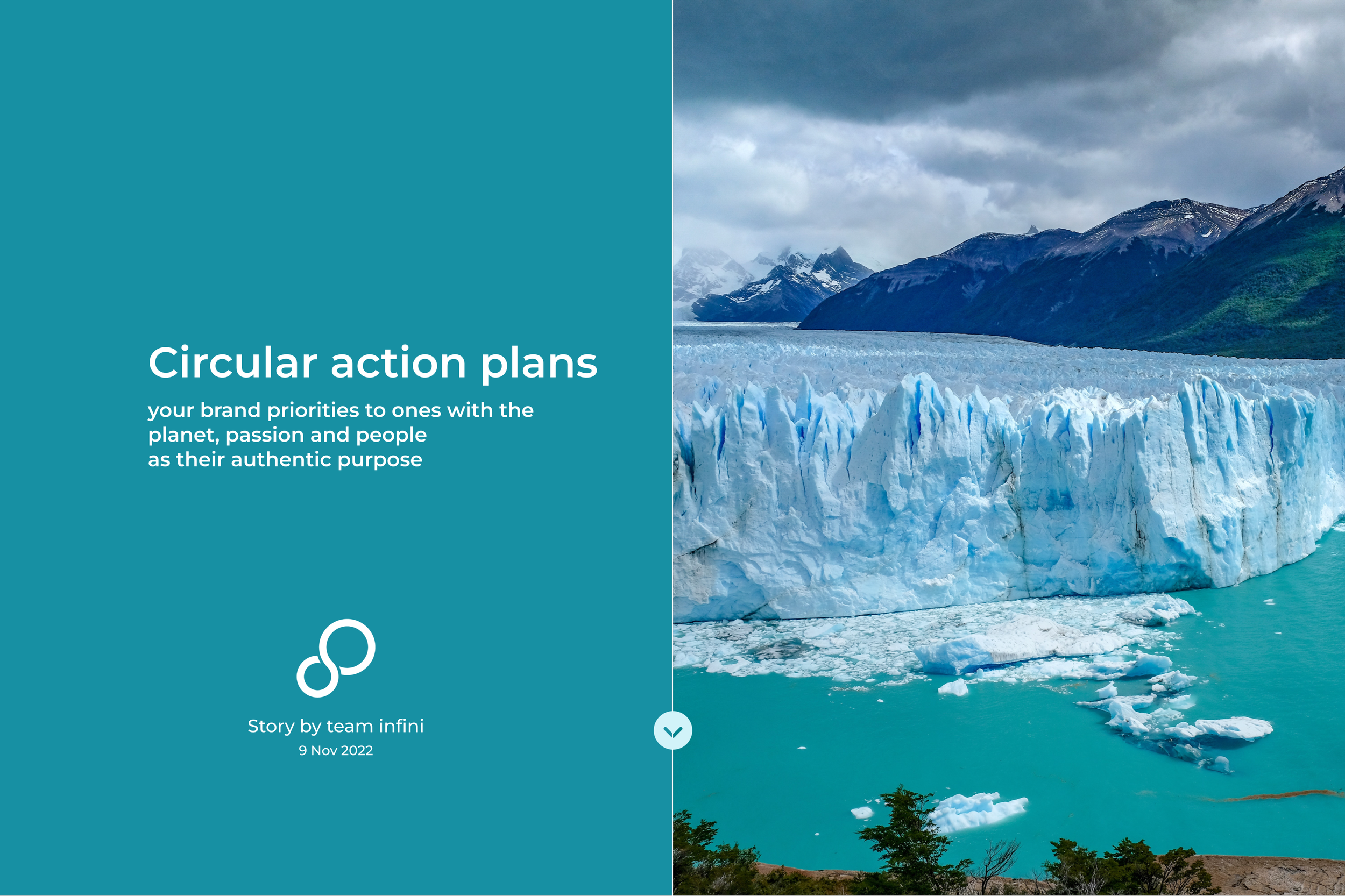
infini, French for infinity, encapsulates two key aspects of net zero.
1. How to make net zero real.
2. Measuring and improving your own circular economy action plan.
What is the circular economy?
How do I make an action plan?
Many of us are now familiar with the three R’s, Reduce > Reuse > Recycle. Do you remember this logo that has been around since the 1970s? These three R’s match the traditional make > take > waste linear economy approach that many organisations prospered with during the twentieth century.
In the twenty first century, to develop and achieve sustainable growth agendas organisations need to reflect and “curve the line” and rethink their business model in a circular way. Circular in the notion that raw materials and resources are precious and are not infinite. The principles of the circular economy are born.
So how can I extend or reduce their use?
Today, the notion that organisations, and consumers alike, need to reflect, rethink, and rotate their traditional ways and lifestyles is key to achieving net zero. Leading organisations are embracing the circular economy principles to redesign out waste and keep goods and raw materials for as long as possible an integral part of part of striving to achieve its net zero targets.
infini is designed to empower us all to rethink and reduce our activities to rotate our activities to with a circular economy action plan that directly step down our individual carbon footprint or impact
For all consumers, recycling more is a step that often flows to the manufacturing process for organisations and waste solutions so as to reduce the need to source new precious raw materials.
We all can certainly reuse products and goods more by repairing, refurbishing, repurposing or remanufacturing the items. Many organisations are opening and enhancing its packaging models and distribution outlets to enable and facilitate this for us.
It is our purchasing choices and decisions that drive our personal carbon footprints. Our personal circular economy plan is built around rotating our purchasing decisions. Rotating our purchasing decisions often saves us money.
Rotating your purchasing decisions involves enquiry, sharing, reducing, maintaining, prolonging and renewal.

